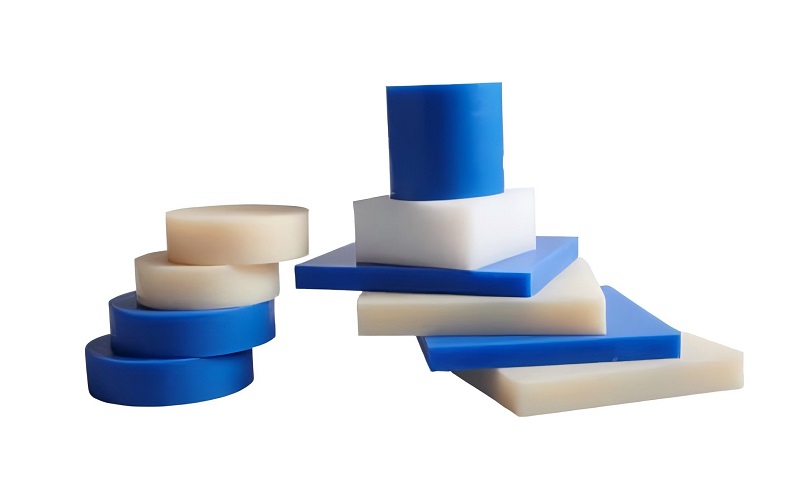If you’re searching for top HDPE sheet manufacturers, you need reliable suppliers who offer high-quality materials.This article will introduce you to the leading manufacturers, their unique features, and how to make an informed choice.
Leading HDPE Sheet Manufacturers
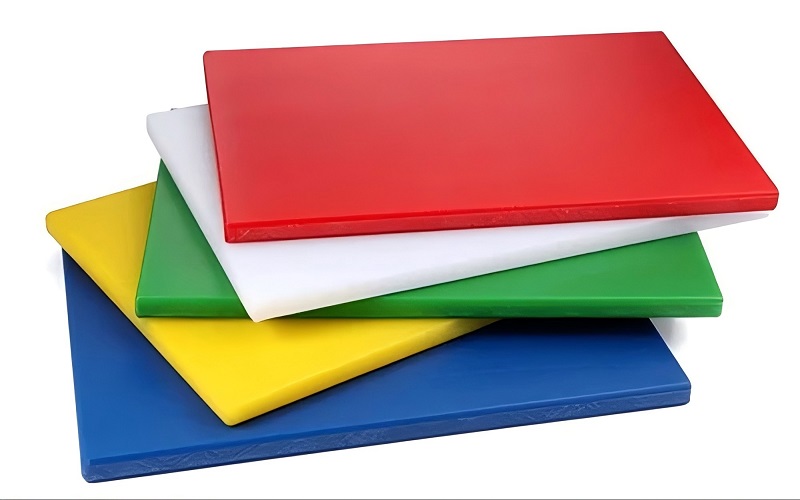
When it comes to high-density polyethylene (HDPE) sheets, Polyreflex stands out as a leader in the industry. Known for their commitment to high-quality HDPE sheets, Polyreflex caters to a variety of industrial needs with a focus on reliability and innovation. Their HDPE sheets are celebrated for exceptional strength and impact resistance, making them suitable for heavy-duty applications where durability is paramount.
Polyreflex is not the only name in the industry, but it certainly sets a high bar. Other leading manufacturers also emphasize quality, ensuring that their HDPE sheets meet stringent industry standards. These companies invest in advanced manufacturing processes and rigorous testing to deliver products that are both reliable and high-performing.
Choosing a manufacturer that prioritizes quality and innovation ensures you receive HDPE sheets that stand the test of time. For construction, food processing, or other applications, choosing a reputable supplier like Polyreflex is crucial.
Why Choose HDPE Sheets?
HDPE sheets excel in environments requiring high impact resistance and durability. Whether it’s heavy industrial use or outdoor applications, the robust nature of HDPE ensures that it can withstand significant stress without cracking, regardless of the sheet sizes used. The highly resistant nature of HDPE is a major reason for its widespread use across industries.
Another major advantage of HDPE sheets is their excellent resistance to corrosion resistant. This property makes them ideal for applications that involve exposure to chemicals and harsh environments. HDPE’s corrosion resistance ensures long-lasting performance in chemical handling and outdoor installations.
Moreover, HDPE sheets are highly moisture resistant, which prevents warping, peeling, or absorbing water. This quality is particularly important for storage solutions and environments where moisture exposure is common. HDPE’s resistance to moisture, stains, and odors makes it suitable for demanding environments like food processing and marine applications.
Customization Options for HDPE Sheets
One of the standout features of HDPE sheets is the ability to customize them according to specific project requirements. Polyreflex, for example, offers a wide range of custom options, allowing clients to specify the size, thickness, and color of their HDPE sheets to fit their needs perfectly. This flexibility significantly reduces waste and ensures that the material is used efficiently.
In addition to custom dimensions, HDPE sheets can be produced in various colors to meet specific aesthetic needs. Custom color matching is available, ensuring consistency and visual appeal for projects that require a specific look. HDPE sheets can be customized to your specifications, whether you need a standard or unique color.
Various textures are available for HDPE sheets, enhancing their functionality. Textures such as smooth, levant, and haircell cater to diverse applications, from industrial to consumer products. HDPE sheets, often available in thicknesses ranging from 1/8 to 3/4 inch, offer the versatility required for various uses.
Applications of HDPE Sheets
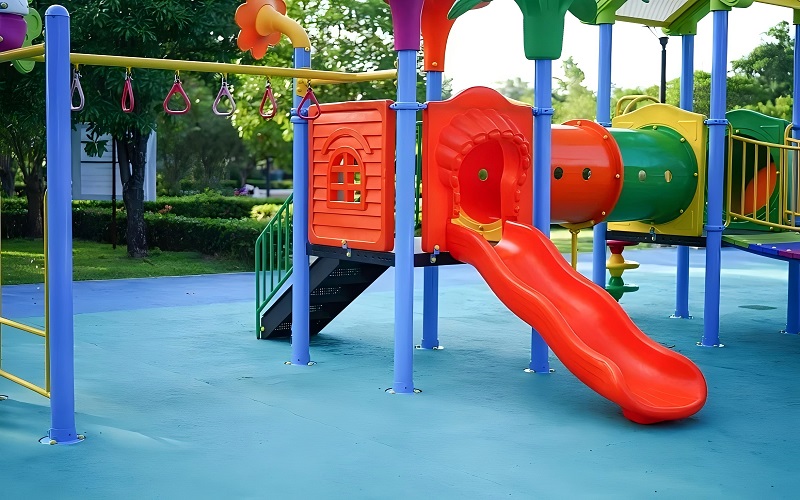
HDPE sheets find extensive use in various industries due to their exceptional properties. One prominent application is in the construction of water and chemical tanks, where the material’s excellent chemical resistance and durability are invaluable. These tanks are crucial in industries where safe storage of liquids is essential.
FDA-compliant HDPE sheets are often used for cutting boards in the food industry. Its resistance to moisture and bacteria makes HDPE ideal for food preparation surfaces. Its hygienic properties ensure that it meets the stringent requirements of food safety.
HDPE sheets are also widely used in marine construction, providing anti-skid surfaces, bumpers, and pile guards to enhance safety and durability. The versatility of HDPE extends to containers, bottles, and industrial piping, showcasing its broad range of applications across multiple sectors, including hdpe plastic sheets.
HDPE vs. LDPE: Key Differences
Knowing the differences between high-density polyethylene (HDPE) and low-density polyethylene (LDPE) is essential for selecting the appropriate material. HDPE features a linear molecular structure with minimal branching, making it denser and more rigid. Conversely, LDPE’s branched molecular structure makes it softer and more flexible.
HDPE’s density ranges from 0.94 to 0.97 g/cm³, compared to LDPE’s 0.91 to 0.93 g/cm³. This higher density gives HDPE superior tensile strength, usually between 20 to 37 MPa, versus LDPE’s 8 to 20 MPa. As a result, HDPE is significantly stronger and more impact-resistant.
Additionally, HDPE has a higher melting point, ranging from 120 to 180 °C, while LDPE melts at a lower range of 105 to 115 °C. HDPE’s opacity protects contents from UV exposure, whereas LDPE’s transparency is advantageous for certain packaging applications. These differences highlight the unique properties of each material and their suitability for different applications.
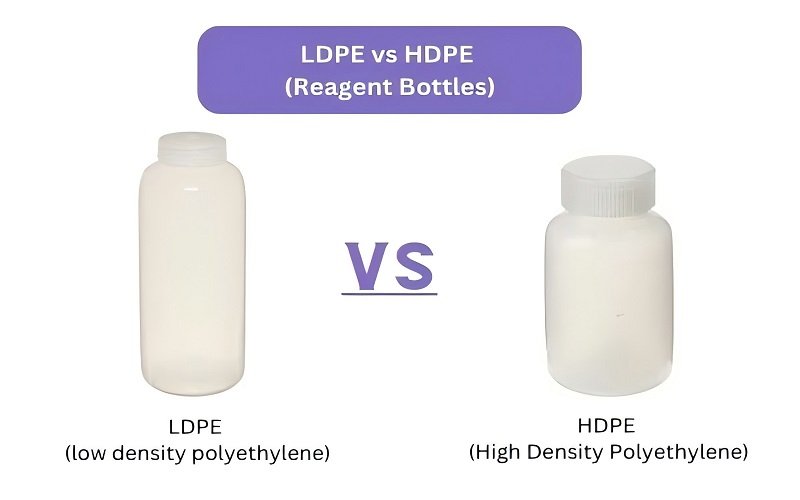
HDPE Sheet Features
High-density polyethylene (HDPE) sheets boast several features that make them a preferred choice across various industries. These high density polyethylene sheets are waterproof and resistant to puncturing. Additionally, they can withstand damage from rodents and insects. This durability allows them to endure harsh environments and remain functional over time.
HDPE sheets are UV resistant, extending their lifespan for outdoor use. This resistance prevents degradation and maintains integrity in sunlight-exposed applications. HDPE sheets are easy to clean and possess anti-microbial properties, reducing maintenance costs compared to metal alternatives.
Their low coefficient of friction reduces wear and tear on products and packaging. This feature enhances HDPE sheets’ abrasion resistance and usability in both industrial and consumer applications. Being lightweight and FDA approved further adds to their versatility and suitability for a wide range of uses.
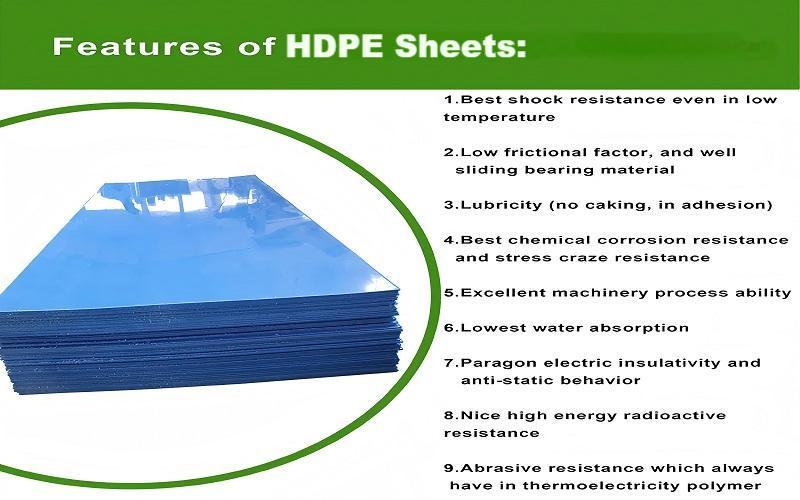
Plastic Welding and HDPE Sheets
Plastic welding is essential for creating strong, durable joints in HDPE sheets. Extrusion welding, ideal for larger welds in HDPE sheets, uses a handheld extruder to feed plasticized welding material into the joint area, suitable for substantial constructions.
Hot gas welding, another common technique, uses a heated air gun to soften both HDPE parts and the filler rod, allowing for seamless joining, often used for smaller items like tanks.
Speed tip welding uses a soldering iron-like tool to heat, press, and fuse the weld rod with HDPE material, enabling quick repairs in tight spaces.
Using a filler rod of the same plastic type as the base material is essential for effective HDPE welding. This ensures compatibility and strength in the welded joints.
Plastic welding provides a cost-effective solution for HDPE applications, achieving rapid bonding and enhancing usability.
Environmental Benefits of HDPE Sheets

HDPE sheets provide substantial environmental benefits, making them a sustainable option for various applications. With a recycling code of 2, HDPE is more likely to be recycled than LDPE, which has a code of 4. Higher recyclability reduces landfill waste and promotes environmental protection.
HDPE can be recycled up to ten times before its quality degrades, offering a highly sustainable option. Recycling HDPE lowers greenhouse gas emissions and conserves fossil fuels, providing a greener alternative to virgin plastic. HDPE’s efficient recycling process allows it to be melted and remolded for new applications easily.
Incorporating recycled HDPE in manufacturing lowers production costs while maintaining durability. This approach benefits the environment and offers economic advantages for manufacturers. Choosing HDPE sheets contributes to a more sustainable future.
Extensive Inventory and Stock Availability
Top HDPE sheet suppliers maintain extensive inventories across multiple warehouses, ensuring quick and efficient order fulfillment. Such inventory management is crucial for meeting diverse industry demands, providing immediate material access.
Some suppliers offer local pickup, allowing customers to quickly obtain HDPE sheets without delivery wait times. This convenience is especially beneficial for urgent projects, enhancing the overall customer experience. Many HDPE manufacturers also commit to promptly sourcing required sheets, even if not currently in stock.
A wide range of stock ensures customers find specific HDPE sheets needed for food service, packaging, or industrial applications. Extensive inventory and stock availability are vital for the efficient and economical use of HDPE sheets.
How to Choose the Right HDPE Sheet Manufacturer
Choosing the right HDPE sheet manufacturer ensures product quality and reliability. Polyreflex, for instance, prioritizes quality assurance with rigorous testing to meet industry standards. This dedication to quality guarantees the sheets perform as expected in various applications.
Reputable HDPE sheet manufacturers usually offer detailed product specifications and certifications to ensure quality. These details provide transparency and assist customers in making informed decisions. Customer reviews and feedback offer valuable insights into an HDPE sheet manufacturer’s reliability.
For large-scale projects, checking the manufacturer’s capacity for bulk orders is essential. Ensuring the supplier can consistently meet your demands is crucial for maintaining timelines and quality. Considering these factors helps you choose a manufacturer that meets your requirements and ensures project success.

Summary
Throughout this blog post, we’ve explored the many facets of HDPE sheets, from leading manufacturers and customization options to their diverse applications and environmental benefits. HDPE sheets stand out for their high impact resistance, corrosion resistance, and moisture resistance, making them suitable for a wide range of demanding environments.
Choosing the right HDPE sheet manufacturer is crucial for ensuring product quality and reliability. By considering factors such as quality assurance, customer reviews, and the manufacturer’s capacity for bulk orders, you can make an informed decision that meets your specific needs. Embrace the versatility and sustainability of HDPE sheets and elevate your projects to new heights.
Frequently Asked Questions
What makes HDPE sheets highly resistant to impact and corrosion?
HDPE sheets offer high impact resistance and exceptional corrosion resistance due to their molecular structure, which allows them to withstand harsh conditions effectively. This makes them an ideal choice for demanding applications where durability is essential.
Can HDPE sheets be customized to specific dimensions and colors?
Yes, HDPE sheets can be customized to specific dimensions and colors, allowing for tailored solutions that enhance project efficiency and minimize waste.
What are some common applications of HDPE sheets?
HDPE sheets find common applications in constructing water and chemical tanks, food industry cutting boards, and marine construction. Their versatility makes them suitable for a wide range of industries.
How does HDPE differ from LDPE in terms of properties?
HDPE differs from LDPE in that it possesses higher density, tensile strength, and impact resistance, along with greater rigidity and a higher melting point, making it suitable for more demanding applications. Consequently, these properties enable HDPE to be used in a wider range of industrial and functional contexts compared to LDPE.
What environmental benefits do HDPE sheets offer?
HDPE sheets provide significant environmental benefits by being highly recyclable, reducing landfill waste, and lowering greenhouse gas emissions when recycled. Their sustainability is enhanced by the fact that they can be recycled up to ten times, contributing to overall resource conservation.

